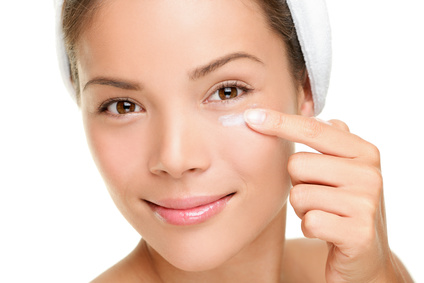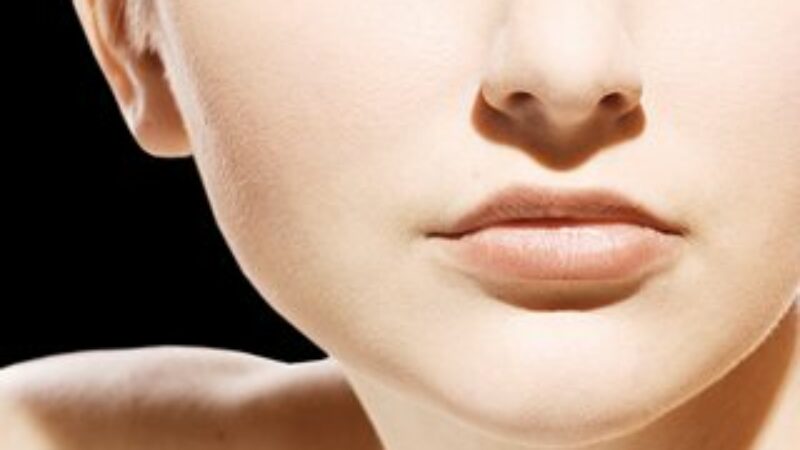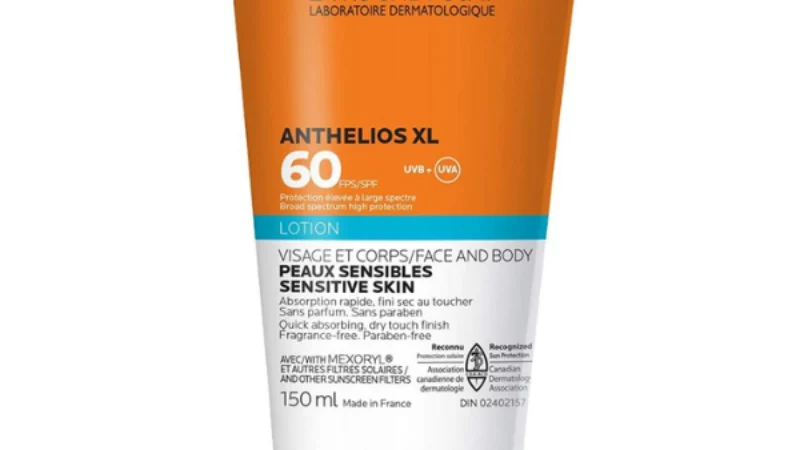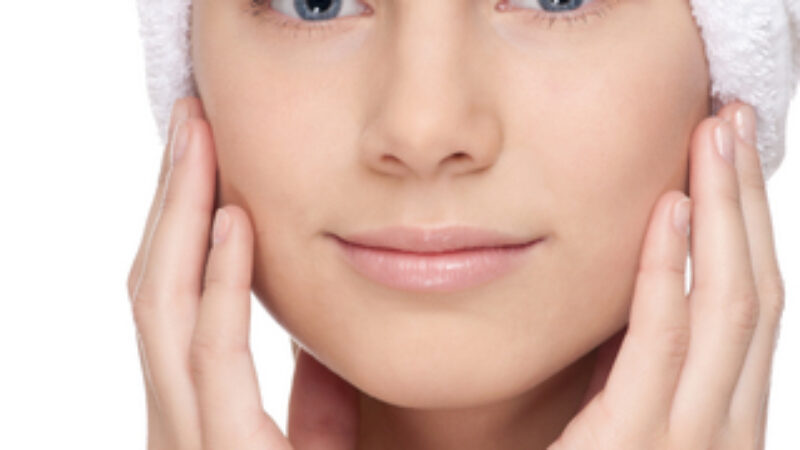Korean skin care has always been cutting-edge and years ahead of North American offerings so it’s no surprise that looking east will give us some indication as to what may hit the store shelves in a year or two. While some of the trends may be seen as innovative in Asia, we may find them downright bizarre in North America.
Here are a few of the up-and-coming skin care treatments trending in Korea:
1. Rice water – Rice has been a diet staple in Asia for centuries. Rice water has been used as an inexpensive and natural skin care treatment for probably just as long. Proponents claim that using rice water as a toner and facial rinse can remove hyperpigmentation, soften the skin and brighten the complexion. Rice water contains the same vitamins and nutrients as the grain itself: vitamins B, E and magnesium, all known to promote healthy skin.
2. Chia seed – As a superfood, chia seeds boast an impressive amount of fatty Omega-3 oil (the richest plant-source in the world) as well as containing three times the anti-aging antioxidants as blueberries. It’s no surprise that this little seed would end up anchoring an entire Korean skin care line harnessing those qualities into topical treatments that promise to hydrate and improve the skin.
3. Donkey milk – Admittedly, it takes a bit of imagination to come up with the idea of using donkey milk for the skin, but we already use cow’s milk and goat’s milk in mainstream bath products, so this makes complete sense. Donkey milk is high in lactic acid as well as being rich in vitamins C, D and E, all of which are highly touted active ingredients in skin care. Perhaps the lack of widespread popularity can be explained by the fact that female donkeys provide a mere 1 litre of milk per day versus a cow’s ability to produce up to 30 litres daily. A donkey must also be milked by hand in the presence of its foal before yielding any of this precious liquid. You’re most likely to find donkey milk in soaps, creams and face masks. It was good enough for Cleopatra!
4. Horse Oil – I’ve left the most unusual for last, and believe me, that’s no typo. Koreans tend to be more adventurous than North Americans in what they will use on their skin (ahem, snail slime, anyone?). Horse oil reportedly contains very high amounts of essential fatty acids and is easily absorbed by the skin, making it an ideal carrier for other active ingredients. Although cosmetic horse oil is supposedly extracted from the fat underneath the horse’s mane without further harm coming to the animal, it may still be a hard sell in North America where horses are viewed more as companion animals.
What do you think? Are you in the “sounds promising – I’ll give it a try!” camp or is “Um, too bizarre – I’ll pass” running through your head?




